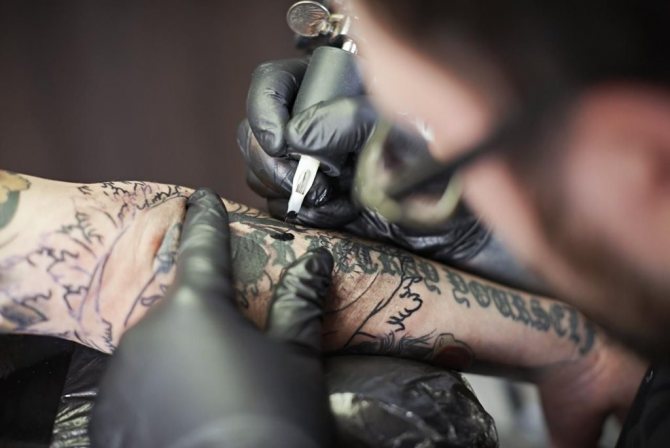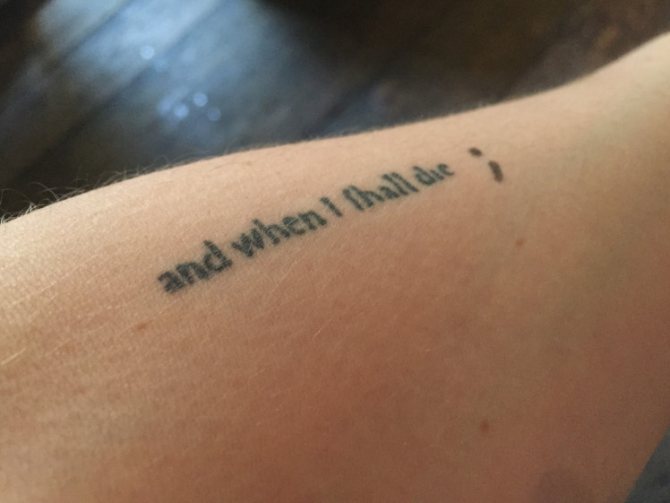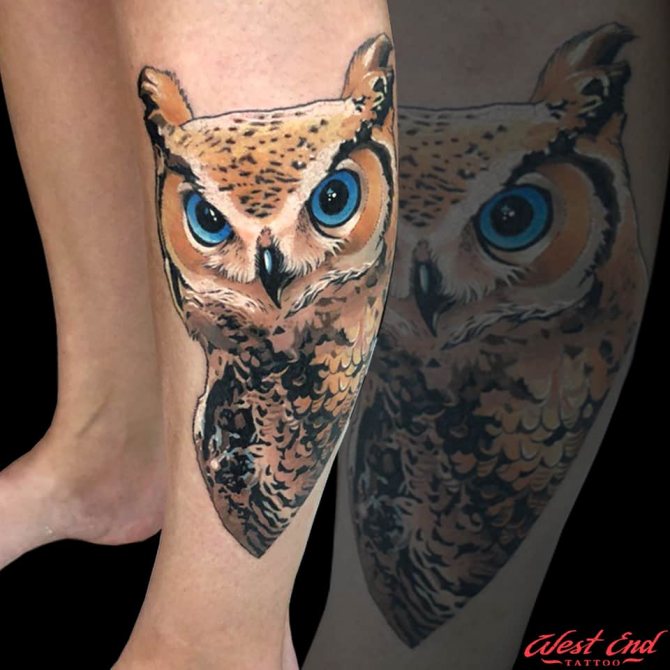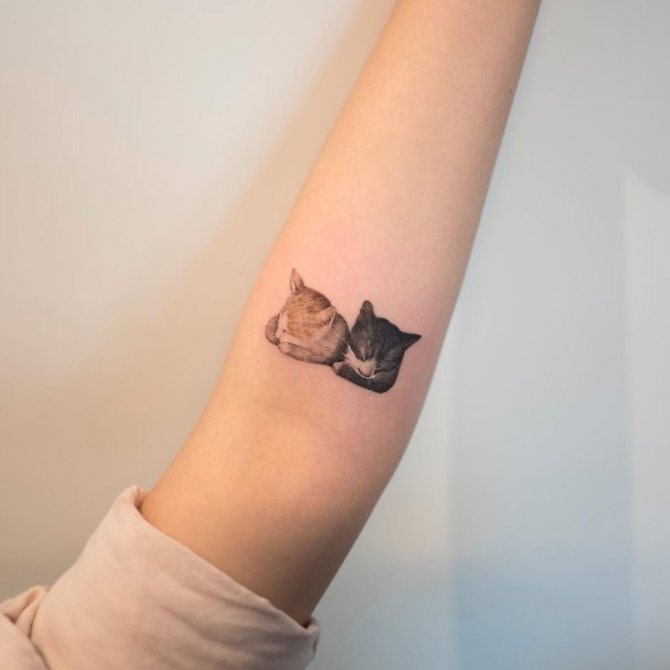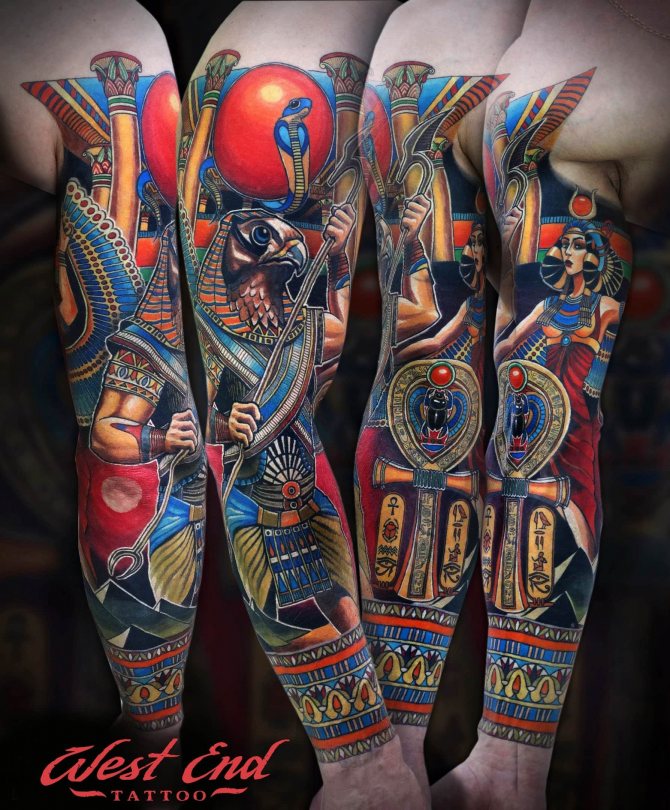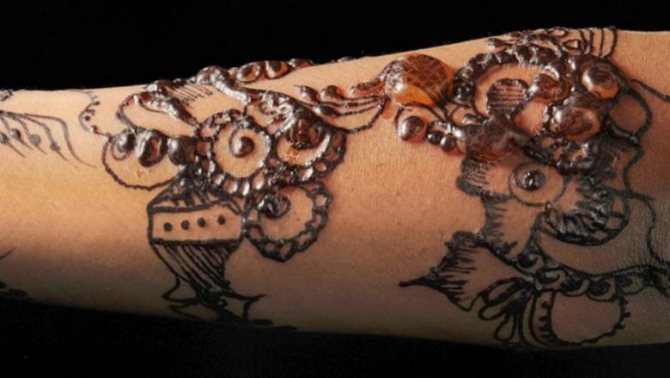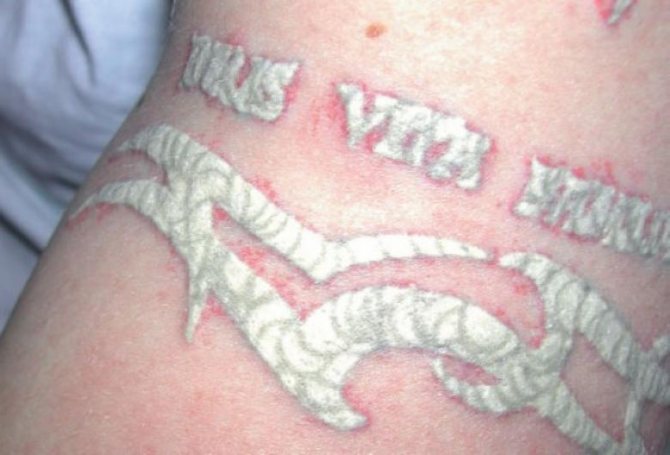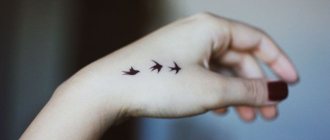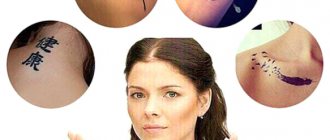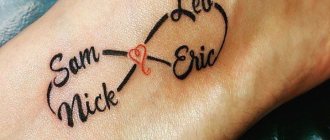Are tattoos bad for your health?
The phrase from Esquire magazine, that repeated tattoo sessions train the immune system, made the editors of Zozhnik wonder how tattoos are safe for health.
This quote went over well on social media.
Actually, we are talking about a study in which a group of scientists from the University of Alabama found that repeated tattoo sessions are directly linked to immune training, and published the results in the American Journal of Human Biology.
In the study, 29 tattoo parlor clients (25 women and 4 men from 18 to 47 years) had saliva samples taken before and after tattooing. In the samples, scientists determined levels of secretory immunoglobulin A (SlgA), which protects against penetrating pathogens, and cortisol, which suppresses immunity in response to stress.
The first session at the tattoo artist has shown to seriously increase cortisol levels and weaken the immune system, but during subsequent tattooing, the stress exposure drops significantly and the person's immune system strengthens. Thus, the researchers claim that repeatedly "tattooing" on the skin trains the body's internal systems, primarily the immune system, and makes it work in response to stress.
However, this is the only mention in scientific sources of the potentially beneficial aspects of tattoos. So far, science does not recommend tattoos. Below are the studies and recommendations we've been able to track down.
What are the dangers of tattoos?
Tattooing is the injection of ink under the skin by piercing it with a special needle. The art of decorating one's body with drawings is one of the most ancient, it counts several millennia. The first samples of tattooing were found on the mummies in Egypt, which are about 4 thousand years old. Initially to tattoos were treated positively, but with the spread of Christianity they were forbidden, citing greater sinfulness. But despite all the taboos, tattoos became hugely popular.
A curious fact! Earlier tattoos were used for secret correspondence. A bald slave was invited to the master and information was applied to his skin. When the hair grew back, the slave was sent to the right place.
The process of applying the pattern is painful and dangerous, and can cause significant harm to your body.
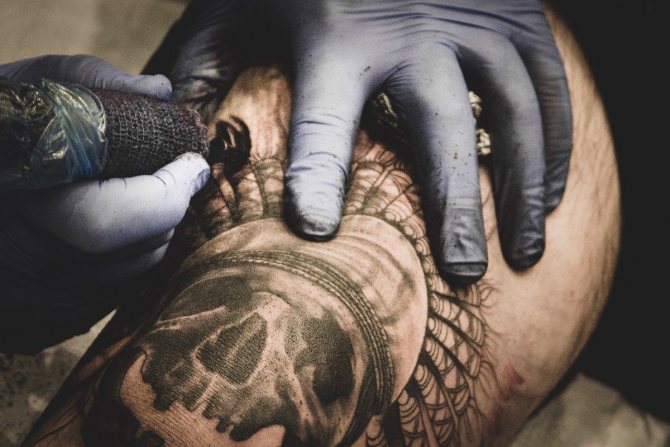
The harm of tattoos is as follows:
- If the skin does not heal for a long time, the process of rejection of the ink begins, which provokes the formation of a large wound surface. You'll get a bad picture, and so will a part of your body.
- In clandestine salons, the master can transfer any virus to you, simply by forgetting to change the needle. There is no complete guarantee of safety.
Because of the increasing number of "prick" through the tattoo, many infectious diseases spread: HIV, hepatitis C, syphilis, staphylococcus and other bacterial infections.
Warning. You can be infected with more than 20 diseases when you get a tattoo.
The ink injected under the skin is also dangerous. Tattoo ink negatively affects your health - it contains arsenic and lead.
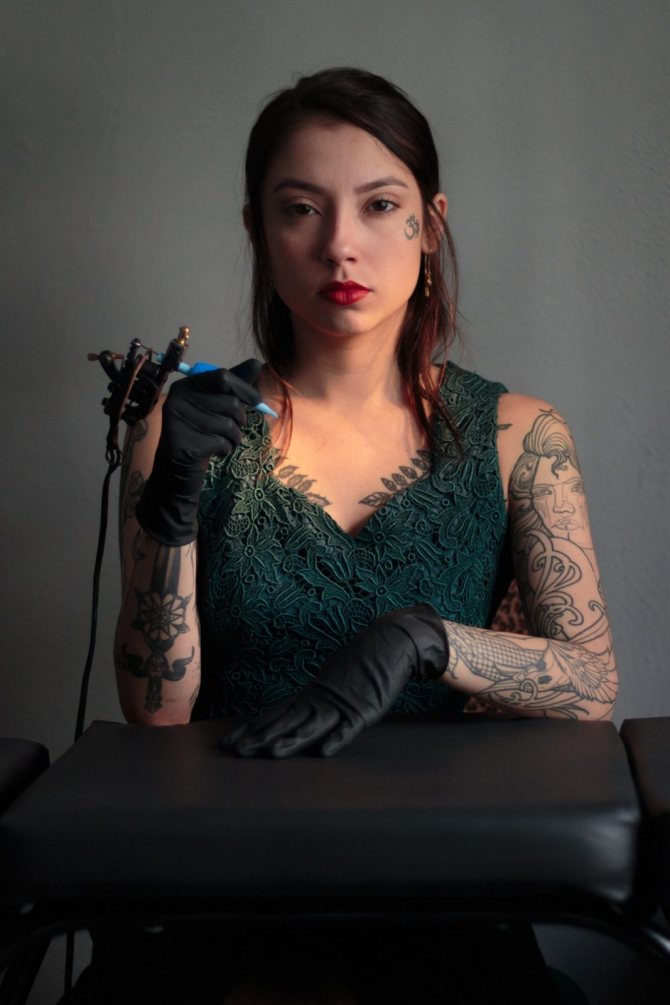

These toxic elements can lead to effects such as:
- eye cancer, larynx cancer;
- leukemia;
- damage to brain cells, bone structures, kidneys, liver;
- problems with cardiac function;
- infertility;
- nervous system dysfunction.
These complications led a California court to order tattoo ink companies to attach a label to the product warning of the dangers of the ink. But that still doesn't scare anyone.
What are statins
Statins are a group of hypolipidemic drugs. They slow down one of the main enzymes involved in cholesterol synthesis, HMK-CoA reductase. This leads to a decrease in cholesterol synthesis in the liver.
Reduction of cholesterol synthesis in hepatocytes increases the number of receptors to low-density lipoproteins (LDL-C) and their subsequent capture from the bloodstream. In addition, some decrease in LDL formation is possible due to inhibition of the synthesis in the liver of their precursor - very low-density lipoproteins (VLDL). Thus, statins contribute to the reduction of total cholesterol, LDL cholesterol and LDL-C in blood plasma. At the same time, the drugs of this group can reduce TG levels and slightly increase "good cholesterol" (high-density lipoproteins) levels. The effectiveness of lowering blood cholesterol depends on the dose of the drug. Quite high doses are required to get the desired level of reduction.
Contributing to the benefit of statins are their many additional properties:
- Improving the functional activity of the endothelium;
- stabilization of atheroma (atherosclerotic plaque);
- anti-inflammatory, immunomodulatory and antithrombotic effects;
- Positive effect on bone metabolism.
Are there benefits?
Researchers from Alabama claim that tattooing improves immune status. It turns out that the body of tattooed people fights any infection faster. Experts collected saliva from respondents to detect concentrations of immunoglobulin A and cortisol, immune agents.
They found that after the first tattoo, cortisol levels increased and immunoglobulin levels dropped dramatically. But immunoglobulin concentrations did not change significantly during subsequent drawings. The researchers conclude that while the first "stuffing" decreased immunity, subsequent ones strengthened it.
By the way, if you sweat a lot, tattoos are just right for you! Researchers from Michigan found that sweating on tattooed areas of the body is reduced by half.
Study leader M. Lutkemeyer explains that tattoos affect both perspiration and thermoregulation. If you cover your body completely with tattoos, you're bound to get heat stroke if you're exposed to the sun for long periods of time. This is due to the inadequate response of the tattooed body to overheating.


Treatment of complications
Even professionally performed tattoos cause redness and itching. A crust of dried blood and lymph is formed on the wounds. Antiseptic treatment, ointment, and ice relieve irritation and swelling. Painkillers are taken for the first 24 hours to eliminate unpleasant symptoms. Antihistamines on the injured epidermis remove the rash, swelling, itching and small blisters.
If 1 to 3 of the above signs appear, you should consult a dermatologist. At the initial examination, the doctor will perform a visual examination, provide first aid, and prescribe therapy. If they are caused by a bacterial infection, patients are treated with antibiotics. The treatment protocol in each case is determined by the symptoms. Stab wounds on tattoos up to 5 cm take 10 days to heal. The epithelium of volumetric prints takes 2-6 weeks to regenerate.
Is there any safe tattoo paint?
Д. Tobin, having researched the legal code, found that there are no laws restricting or prohibiting the use of toxic elements in the manufacture of tattoo ink. That is, the manufacturer is free to choose any components. That is why do not have illusions - all inks are toxic.
Certain groups of red ink have been found to contain mercury. Cobalt has been found in green and blue. The metals found in paints are highly toxic and carcinogenic, increasing the risk of tumor development. In addition, the metals further burden the liver, whose function is to eliminate these heavy compounds.


Even temporary drawings with black henna pose a threat to your health. Its composition contains paraphenylenediamine - a chemical that provokes strong allergic manifestations.
The most dangerous tattoo is a permanent black tattoo. Paraphenylenediamine is found in its composition (besides arsenic and lead). If you get the wrong dosage of this element, you can get an allergic reaction, eczema, dermatitis. Some people have developed lifelong allergies to painkillers and sunscreens when ingested with the dye.
Tattoos without harm to health
So can you do tattoos without harming your health? Of course, but there are certain conditions that must be met.
- Address in well-known, well-proven in the market of similar services tattoo salon, having all permissions and licenses
- High-quality sterilization and usage of disposable instruments is the base of such institution. If there is the slightest doubt - go away!
- Using certified safe dye pigments. There are modern safe synthetic pigments for the tattoo procedure, which do not cause allergic reactions and do not have a toxic effect on the human body. Ask for certificates for the paints used in the tattoo parlor and make sure there are no harmful compounds of mercury, cobalt, lead, etc. (see above).
- Know that so-called natural dyes like red-brown, blue or black henna are not safe for tattooing because they often cause allergic reactions. Henna should be used for its direct purpose - for hair coloring.
- Do not do the tattoo for life, ask for the coloring pigments to be introduced in a shallow way (no more than 0,5-1 mm).
- Do not turn your body into a picture gallery, it is beautiful just by its naturalness.
If you follow these simple tips, the harm from tattoos for health and beauty will be minimal.
The most dangerous and painful places to tattoo
Pain is not the only drawback to tattooing. There are several areas on the human body where small bones, muscle fibers, nerve endings and capillaries accumulate. Such places are easily damaged, provoking inflammatory processes and infections.
Therefore, think seriously before getting a tattoo on:
- Face;
- Your head;
- neck;
- lower extremities;
- elbows;
- the inside of the arms.
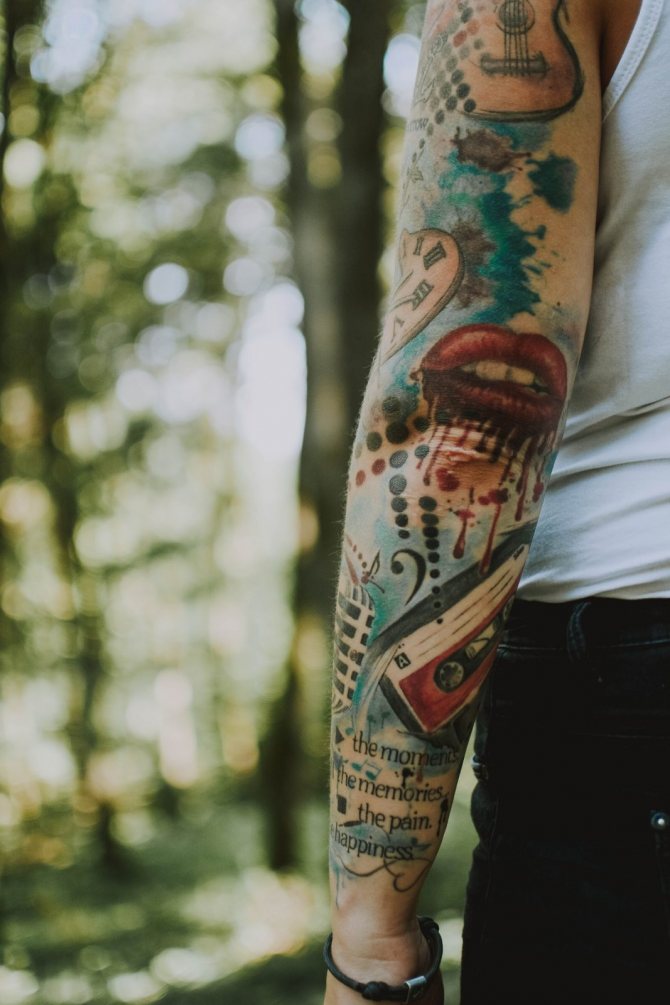

The most painful places for tattooing are areas with little subcutaneous fat: knees, feet, shins, ribs. Masters give a guarantee that you will definitely cry (from pain) if you decide to get a tattoo on your temples.
Peculiarities of the technology
Before talking about the harm of the procedure to health and the possibility of sepsis, it is necessary to understand the technology. Drawings are punched without local anesthesia using a rotary machine, functioning on the type of sewing machine. Needles make 80-150 punctures per second, piercing the epidermis like tissue, delivering dyes into the dermis. They are deposited on collagen fibers, nerve receptors, and blood vessels.
Multiple microdamages of the epithelium and ingress of foreign substances mobilize the immune system. A macrophage patrol is sent to the foci. Macrophage cells partially absorb pigments, but due to "overeating" get stuck in the subcutaneous fatty tissue. The rest of the dye is scattered and encapsulated by dermal fibroblasts, structural cells. Small particles are metabolized and deposited in the lymph nodes. The dyes are removed only by resurfacing or laser.
Follow the safety rules
If you still decided to score a tattoo, then you should know how a flawless process of drawing should go:
- First of all, the master washes his hands;
- The place of the tattoo is washed and disinfected, in case there is any hair on the skin - they are shaved;
- The master in your presence must start using new gloves and a mask, if necessary;
- All accessories must be opened in front of you, especially the needles;
- Initially, the pattern is applied to the body with a disposable needle;
- the outline is washed;
- in case of tattooing in color the master must open new paint cans;
- if the wound begins to bleed - the blood is wiped only with sterile tampons with antiseptic;
- after the completion of the process, the tattoo is washed and a bandage is applied.


First of all, you will need to choose a professional specialist. Every self-respecting master and responsible for his reputation - will never use substandard paints and materials. You will need to follow all the rules for the care of the skin area. Improper care can cause not the most pleasant consequences.
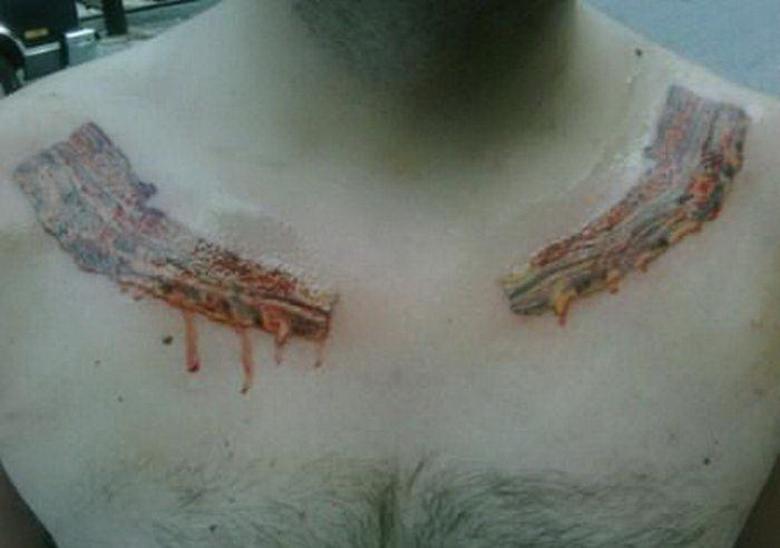

Not all scars are cool
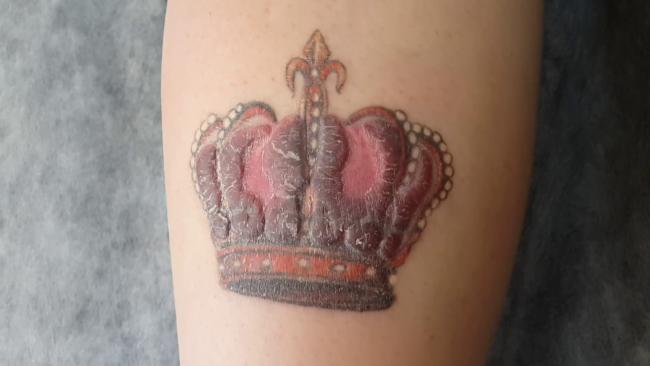

If you are unlucky, scarring can form around your new tattoo. They usually go away, but some people aren't so lucky and the scars stay around the tattoo for life.
If a person is really unlucky, the scarring can look like keloids around the tattooed area. Keloids are essentially a buildup of collagen and can cause redness and bumps. Although it is impossible to say for sure if a tattoo can cause scarring. This is something that people are informed about in advance, and only then do they decide whether or not to proceed.
Constant condemnation
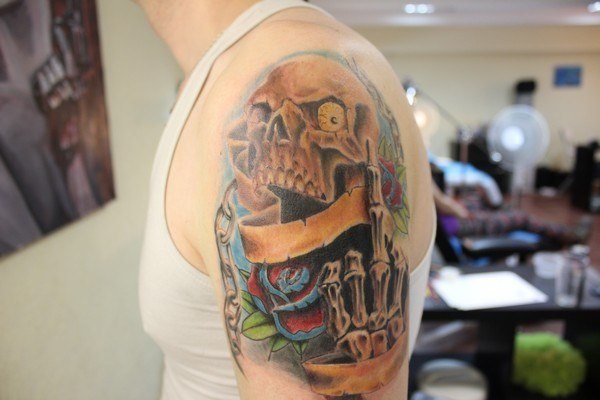

Aside from the medical dangers, tattoos can also be dangerous emotionally. Many people get tattoos for the fun of it, but before that, it's worth examining how society treats people with tattoos.
For example, the followers of old traditions do not welcome tattoos. Even people close to us can cause negative emotions. In addition, tattoos can be perceived as a sign of unprofessional behavior at work, and most likely you will always have to hide them under your clothes.
So, tattoos are a really cool thing, but there are some points to consider before making a serious decision. Those considering getting a tattoo need to be prepared emotionally and physically for any problems the process may cause.
Can the consequences be avoided?
The first thing to check is whether the salon has a medical license and whether the sterilization of every instrument used is followed precisely. Needles and every consumable must be disposable.
Equipment treatment consists of steps such as:
- Ultrasonic treatment.
- Placement of instruments for 30 minutes in lysetol solution.
- One-hour sterilization in a dry oven.
Despite the control of the listed measures, the risk of infection through the skin still exists. According to statistics, 1/3 of clients of salons and private masters faced with the consequences of tattooing. More often than not, the reason was that the painting was done by people who were not authorized to perform this activity and without special tools.
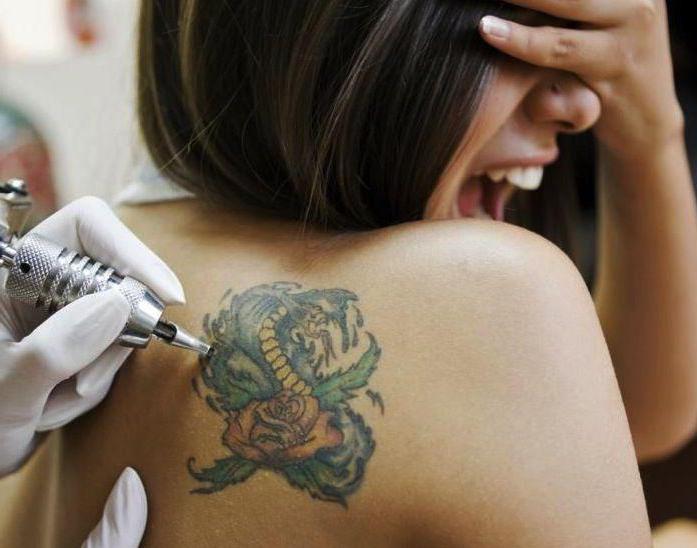

Often a complication is an allergy to a certain ink. Black ink is especially dangerous, since it contains paraphenylenediamine. In addition, according to studies, they also contain arsenic, and it is known that this component can provoke cancer.






